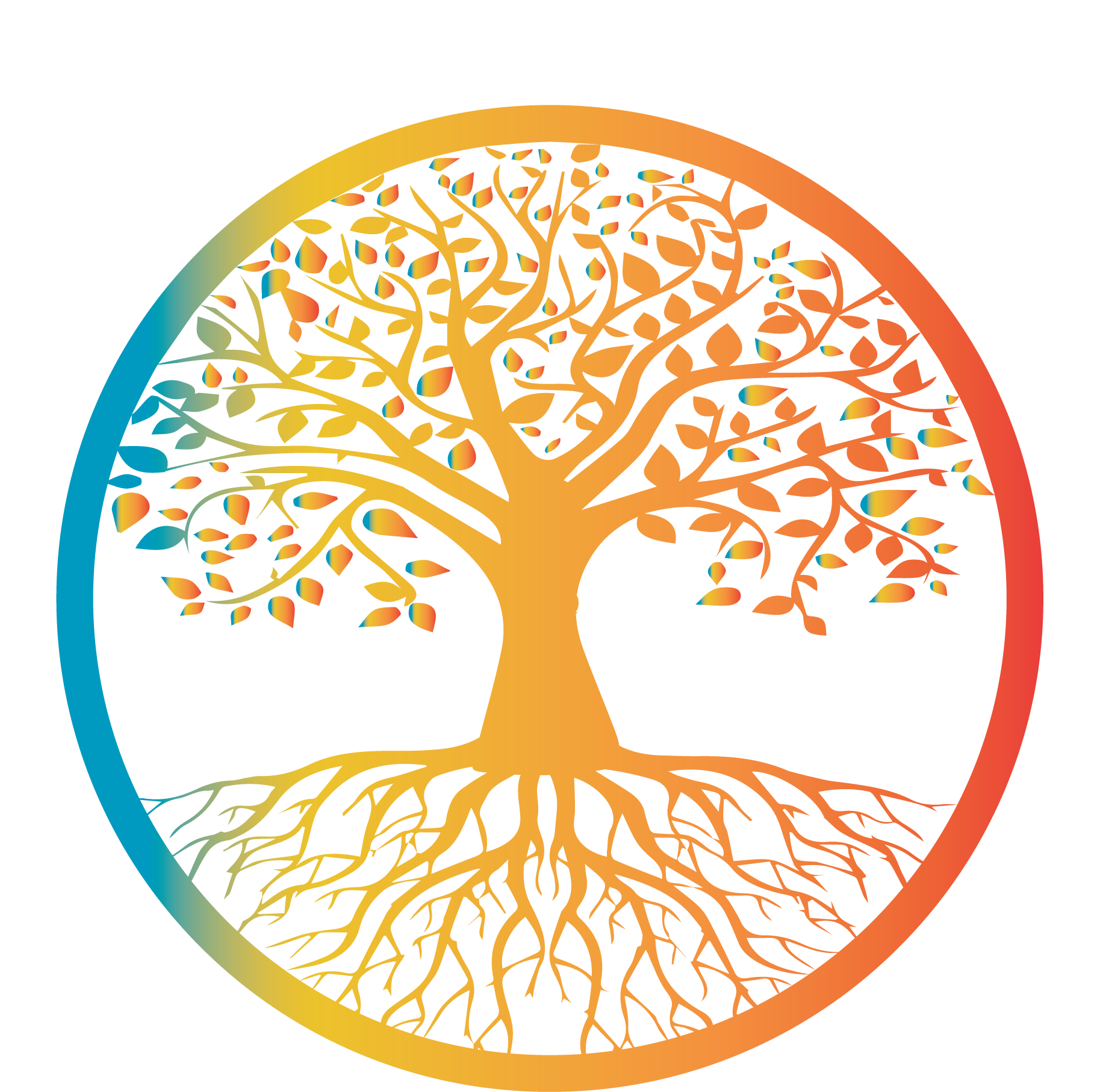2nd Grade English Benchmarks
First Quarter2.2.1 Identify pre-reading strategies that aid comprehension, such as accessing prior knowledge, predicting, previewing, and setting a purpose.
2.2.2 Identify self-correcting strategies, such as self-questioning and rereading.
4.2.6 Read and follow simple directions to perform a task.
6.2.1 Generate possible ideas for future writing by recalling experiences, talking, drawing, and hearing stories.
6.2.2 Organize ideas through activities such as listing and clustering.
6.2.3 Write stories or other compositions.
7.2.2 Identify complete and incomplete sentences in writing.
8.2.4 Follow two-step oral directions to complete a task.
11.2.1 Formulate questions to explore areas of interest.
Second Quarter2.2.3 Formulate the main idea of the text while reading.
2.2.4 Retell the main idea of text.
5.2.2 Write friendly letters.
5.2.4 Write responses to literature.
6.2.7 Share writing with others and listen to other responses.
6.2.4 Capitalize proper nouns and initials.
7.2.6 Create readable compositions that are legible.
8.2.1 Determine the purpose(s) for listening, such as to obtain information, to solve problems, or enjoyment.
9.2.1 Select and use specific vocabulary to communicate ideas.
9.2.2 Speak clearly at an understandable pace.
9.2.3 Make oral presentations that maintain a clear focus.
9.2.5 Give clear directions to complete a simple task.
10.2.1 Demonstrate turn-taking and attentiveness in conversations and group discussions.
Third Quarter1.2.4 Identify and use knowledge of spelling patterns such as special vowel spellings when reading; apply knowledge of basic syllabication rules when reading.
1.2.5 Identify and use knowledge of synonyms, antonyms, homophones, and homographs to expand vocabulary and understand text.
3.2.1 Analyze simple elements of a story, such as settings, characters, and plot (e.g., restate the logical and sequential development of a story and generate alternative endings to stories).
3.2.2 Make basic inferences about character traits and predict story outcomes.
3.2.3 Compare and contrast different versions of the same stories from different cultures and eras.
3.2.5 Compare rhythm, rhyme, and alliteration in poetry.
3.2.7 & 5.2.3 Distinguish between poetry and prose. Write poems.
4.2.1 Locate table of contents and chapter headings and interpret information from diagrams, charts, and graphs.
4.2.2 Identify and explain cause and effect.
6.2.6 Produce writing for given audiences.
7.2.1 Use nouns, verbs, pronouns, adjectives, and adverbs in writing.
9.2.4 Recount experiences and tell stories that move through a logical sequence of events and include character and setting.
10.2.2 Ask and answer questions to gather and provide information.
10.2.3 Present ideas and information in groups.
Fourth Quarter1.2.1 Use knowledge of high-frequency words to read texts aloud with fluency, accuracy, and expression.
1.2.2 Use knowledge of phonics and structural elements (e.g., syllables, basic prefixes, roots, and suffixes) to decode unfamiliar words of one or more syllables in context.
1.2.3 Identify the meanings of common prefixes, suffixes, and abbreviated words in context.
4.2.3 Ask questions to gain understanding of important information in text.
5.2.1, 11.2.2, 11.2.5 Use at least two sources to write an informative paper. Use information from technology. Share research findings using various media.
6.2.4 Revise writing for detail and clarity.
6.2.5 Edit, with teacher assistance, for correct word usage.
7.2.3 Use commas in the greeting and closure of a letter and with dates and words in a series; use end punctuation, contractions, and possessives correctly.
7.2.5 Use correct spelling of simple words containing short, long, and r-controlled vowels, blends, digraphs, and common irregular words (e.g., said, who, they).
8.2.2 Attend to and respond to public presentations and a variety of media.
8.2.3 Recognize that different dialects exist.

